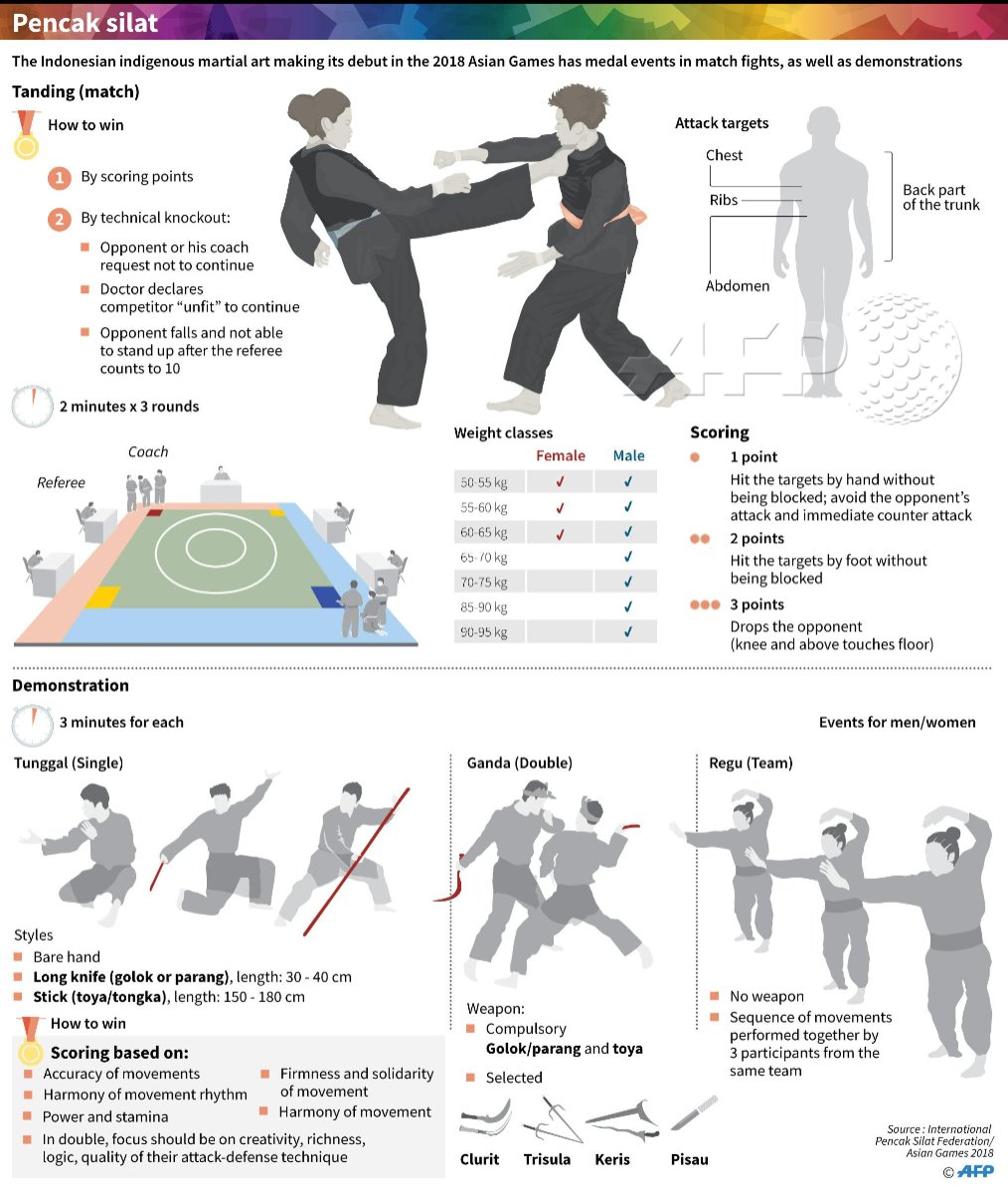A Historical Summary And Progression Of Martial Arts Around The World
A Historical Summary And Progression Of Martial Arts Around The World
Blog Article
Article By-Kaufman Workman
Martial arts have a remarkable background that extends centuries and continents. You might find it interesting exactly how ancient practices like Shuai Jiao and Kalaripayattu prepared for contemporary battle techniques. These self-controls not just stress physical skills but likewise show the cultures that birthed them. As you explore their development, think about just how globalization has actually changed these typical forms into crossbreed styles. What impacts do you think have formed today's martial arts landscape?
Ancient Martial arts: The Structures of Combat
As you look into the world of ancient martial arts, you'll discover the rich structures that shaped fight strategies throughout societies. Early techniques concentrated on Self-Defense and survival, often including strikes, grappling, and weaponry.
In martial arts ceo , for instance, strategies like Shuai Jiao stressed throws and joint locks, while India's Kalaripayattu showcased agility and liquid motion. Japanese samurai developed Kenjutsu, a polished swordsmanship that highlighted discipline and technique.
These martial arts offered not just for fight however also as a means of individual advancement, instilling worths like respect and willpower. The mixing of these techniques gradually laid the groundwork for the diverse martial arts you see today, each showing the distinct approaches and requirements of its culture.
The Social Influence on Martial Arts Advancement
While martial arts frequently show the useful requirements of a society, they also personify the social worths and ideas of their beginnings. When you check out different martial arts, you'll notice exactly how they're affected by religious beliefs, approach, and social norms.
For instance, the focus on regard and discipline in Japanese martial arts comes from Zen Buddhism and samurai culture. In contrast, Brazilian Jiu-Jitsu promotes versatility and method, formed by the need for efficiency in a varied, multicultural atmosphere.
You might discover that the rituals, uniforms, and training methods reflect a community's history and identity. By recognizing these cultural impacts, you strengthen your appreciation of martial arts and their function fit human experiences around the world.
Modern Adaptations and the Globalization of Martial arts
Martial arts have transformed significantly in recent decades, adapting to contemporary society and global impacts. You'll discover that conventional kinds have blended with contemporary strategies, developing hybrid styles like mixed martial arts . These adaptations accommodate diverse audiences, making martial arts available and attractive around the world.
With the surge of social networks and electronic platforms, you can find tutorials and competitors from all edges of the globe, breaking geographical barriers. This globalization has actually resulted in a shared gratitude for different techniques, from Brazilian Jiu-Jitsu to Taekwondo.
As you engage with these arts, you'll realize they're not practically fight; they promote physical fitness, discipline, and psychological wellness.
Inevitably, contemporary adjustments have actually improved the martial arts landscape, making it a vibrant and evolving technique.
Conclusion
In exploring the history and development of martial arts, you discover an interesting mix of techniques, societies, and philosophies. From mouse click the up coming website like Shuai Jiao and Kalaripayattu to the modern-day flexibility seen in MMA, martial arts show humankind's mission for Self-Defense and individual growth. As you involve with these methods, you not only get abilities yet also a much deeper gratitude for the varied customs that form our globe today. So, proceed your trip and welcome the art of battle!
